Are you looking to save on space, lower your energy bills, and never run out of hot water again? Then, a tankless water heater might be the perfect solution for you.
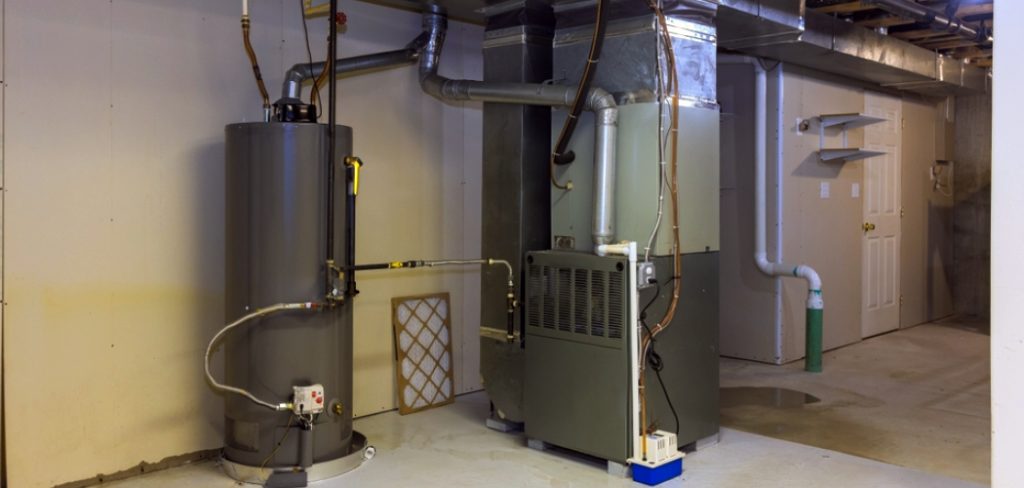
How to determine size of tankless water heater is essential to ensuring your household’s hot water needs are consistently met. Unlike traditional storage water heaters, tankless models heat water on demand, which means their size is directly related to your water usage patterns and peak demand requirements. Selecting the correct size involves evaluating the number of fixtures or appliances used simultaneously and the desired temperature rise.
By accurately assessing these needs, you can ensure optimal home performance, energy efficiency, and comfort. Let’s dive into the steps to determine the size of a tankless water heater.
What Are the Benefits of a Tankless Water Heater?
Before we get into the sizing process, it’s essential to understand why a tankless water heater may be the right choice for your household. Here are some key benefits:
- Space-saving Design: Since tankless models don’t require a large storage tank, they take up significantly less space, making them ideal for smaller homes or apartments.
- Energy Efficiency: Traditional storage water heaters constantly heat and reheat water in the tank even when not in use, resulting in energy waste. Tankless models only heat water as needed, reducing energy consumption and cost.
- Unlimited Hot Water: Say goodbye to cold showers or wait for the tank to refill before someone else can use hot water. With a tankless water heater, you’ll have a continuous hot water supply on demand.
- Longer Lifespan: Tankless models typically last longer than traditional storage heaters, with an average lifespan of 20 years compared to 10-15 years for storage tanks. This makes them a more durable and cost-effective investment in the long run.
What Will You Need?
Before you begin determining the size of your tankless water heater, gather the following information and tools:
- Water Flow Rate (GPM): This is the hot water needed at peak demand, measured in gallons per minute. You can determine this by simultaneously adding up the flow rates of all fixtures and appliances in use.
- Temperature Rise (°F): The difference between your incoming cold water temperature and the desired output hot water temperature. The average temperature rise for household use is 70°F.
- Calculator or Pen and Paper: You’ll need to do basic calculations to determine the required size, so keep a calculator handy or grab a pen and paper.
Once you have these items, you can move on to the steps to determine the size of your tankless water heater.
8 Easy Steps on How to Determine Size of Tankless Water Heater
Step 1: Determine Your Peak Hot Water Demand
Calculate the total gallons per minute (GPM) required during peak usage in your household. Identify all hot water fixtures and appliances that may run simultaneously, such as showers, faucets, dishwashers, and washing machines. Add up their flow rates (in GPM) to determine the peak demand. For example, if you plan to run two showers (2.5 GPM each) and a dishwasher (2 GPM) simultaneously, your peak demand would be 7 GPM.
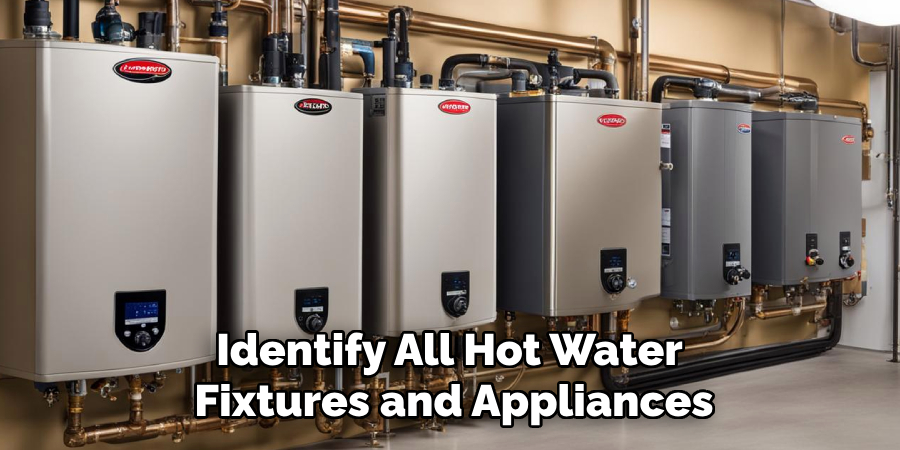
Step 2: Determine the Temperature Rise Needed
Calculate the temperature rise by subtracting the temperature of your incoming cold water from your desired hot water temperature. For example, if your desired hot water temperature is 120°F and your incoming cold water temperature is 50°F, the required temperature rise would be 70°F. This calculation is crucial in selecting the right tankless water heater to ensure it can meet your household’s heating needs.
Step 3: Select the Right Tankless Water Heater
Choose a tankless water heater to handle your household’s peak demand and required temperature rise. Look for the unit’s flow rate capacity, typically measured in GPM, and ensure it matches or exceeds your calculated peak demand. Additionally, confirm that the heater can achieve the necessary temperature rise based on the manufacturer’s specifications. You may need a higher-powered unit for colder climates to compensate for lower incoming water temperatures. Reading reviews and checking energy efficiency ratings can also help you make an informed decision.
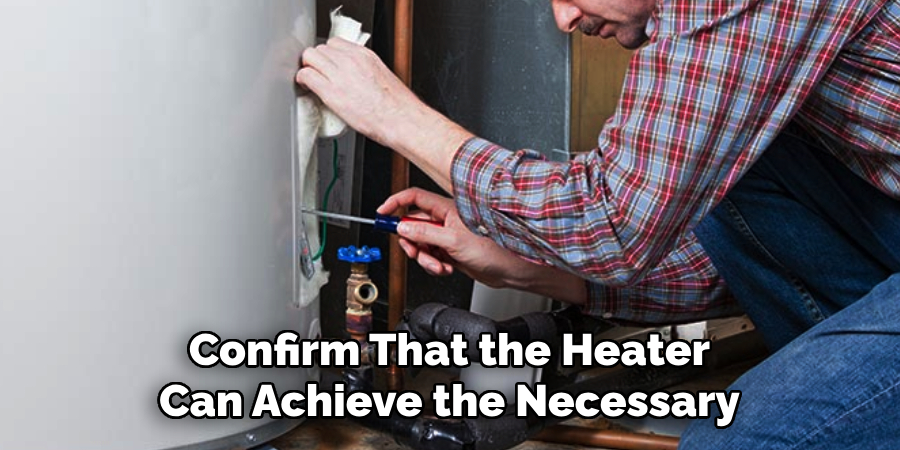
Step 4: Install the Tankless Water Heater
Once you have selected the right tankless water heater, the next step is installation. While some homeowners may choose to install the unit themselves, it is highly recommended to hire a licensed professional to ensure the installation meets safety codes and operates efficiently. Proper installation involves connecting water and gas lines (or electrical, for electric models), venting (if required), and integrating the unit with your home’s plumbing system. It’s important to follow the manufacturer’s guidelines during installation to avoid potential issues. After installation, test the system to ensure it provides the desired water temperature and flow.
Step 5: Maintain Your Tankless Water Heater
Regular maintenance is crucial to ensure your tankless water heater’s longevity and optimal performance. This includes descaling the unit to remove mineral buildup, especially in areas with hard water. Manufacturers recommend descaling every 6 to 12 months, but frequency may vary based on water quality and usage. Additionally, clean or replace the water filter and inspect the vent system (if applicable) to ensure proper airflow. Periodic checks of the system’s connections for leaks or corrosion can prevent costly repairs. Following the manufacturer’s maintenance guidelines will help you keep your tankless water heater running efficiently for years.
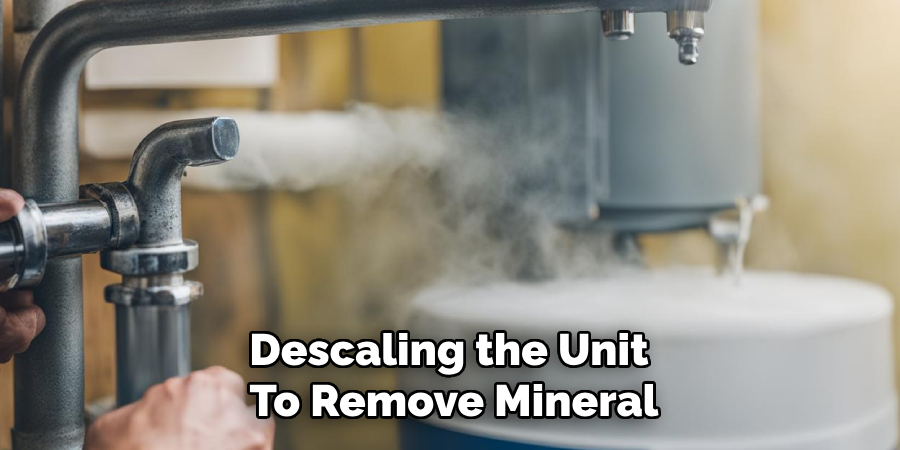
Step 6: Troubleshoot Common Issues
Even with proper maintenance, occasional issues with your tankless water heater may arise. Common problems include a lack of hot water, fluctuating water temperatures, or reduced water flow. If you experience a lack of hot water, check for power supply issues, gas supply interruptions, or an error code on the unit. For fluctuating temperatures, ensure the water pressure is steady, and the system is free from mineral buildup. Reduced water flow may indicate clogged filters or obstructions in the plumbing. Consult the user manual or contact a licensed technician if troubleshooting does not resolve the issue. Proactively addressing problems can prevent significant disruptions and keep your system functioning reliably.
Step 7: Schedule Regular Professional Inspections
To ensure your tankless water heater’s optimal performance and longevity, schedule regular inspections by a licensed professional. A technician can thoroughly examine the unit to detect any wear, damage, or inefficiencies that may not be visible during routine maintenance. Professional inspections typically involve checking the heat exchanger, ensuring proper gas pressure and ventilation, and testing the system’s safety mechanisms. These annual or biannual inspections can help identify and address potential issues early, preventing costly repairs and ensuring your water heater continues operating at peak efficiency.
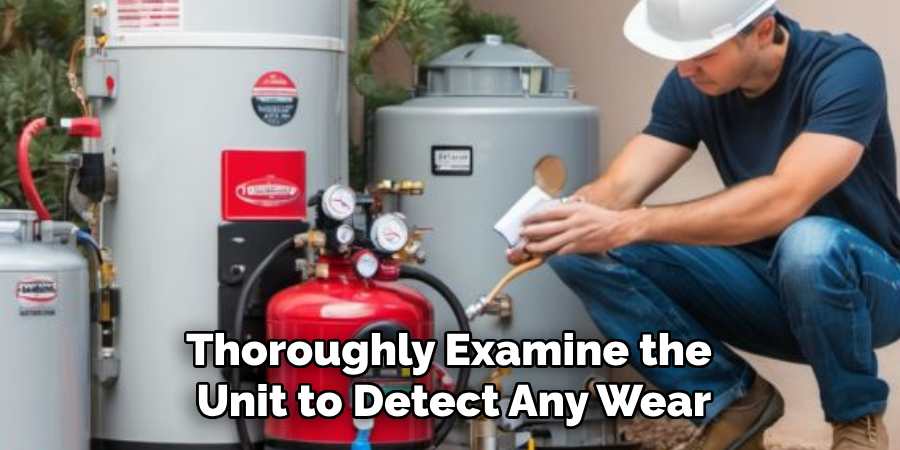
Step 8: Replace Components as Needed
Over time, certain components of your tankless water heater may wear out or become less efficient. Key parts such as the water filter, pressure relief valve, or heating elements may need replacement depending on the unit’s age and usage. Always use manufacturer-approved parts to ensure compatibility and maintain the system’s efficiency. Consult the owner’s manual for guidance on replacing specific components or hire a licensed technician for more complex replacements. Regularly updating worn-out parts will help extend the life of your water heater and prevent unexpected breakdowns.
By following these eight steps, you can select and maintain a tankless water heater that meets your household’s hot water needs efficiently.
5 Things You Should Avoid
- Ignoring Your Household’s Water Usage: Avoid underestimating the hot water your household needs. Carefully assess the number of simultaneous water-using activities, such as showers, laundry, and dishwashing, to ensure the tankless water heater can meet your demand.
- Overlooking the Flow Rate: Do not neglect to calculate the flow rate of the fixtures and appliances in your home. Each fixture, such as a showerhead or faucet, has a specific flow rate, contributing to the total gallons per minute (GPM) required.
- Disregarding Incoming Water Temperature: Many people overlook the impact of the temperature of the incoming water. A higher capacity heater will be needed to achieve the desired water temperature if you live in a colder region where groundwater is more abundant.
- Setting Unrealistic Expectations: Avoid expecting a single tankless water heater to handle an entire household’s needs if it’s undersized. For larger homes or higher demands, you might require either a higher-capacity unit or multiple units.
- Skipping Professional Advice: Do not skip consulting with a professional. Incorrectly sizing your tankless water heater can lead to inconsistent water temperature, inefficiency, or even system failure. A professional can help you make an informed decision.
Conclusion
To determine the right size of a tankless water heater, you must carefully assess your household’s hot water demands and consider factors such as flow rate, incoming water temperature, and the number of fixtures running simultaneously.
Ignoring these factors can lead to inefficiency and performance issues. It’s essential to use accurate calculations and consult a professional to ensure you select a unit that meets your needs.
Hopefully, the article on how to determine size of tankless water heater has provided useful information to help you make an informed decision and avoid common mistakes. Happy shopping!
About the Author
Adrian Green is a passionate woodworking enthusiast who has dedicated his life to the craft of woodworking. From his early days working alongside his father in the family woodworking shop, Adrian has honed his skills and developed a deep love for creating beautiful, functional pieces with his hands. As the voice behind The Woodenify Blog, he shares his knowledge, tips, and inspiration with fellow woodworkers of all skill levels, helping them build confidence in their abilities while learning new techniques.
Professional Focus
- Specializes in DIY woodworking projects, from furniture making to home décor.
- Provides step-by-step guides, tips, and practical tutorials for woodworkers at any skill level.
- Focused on empowering readers with confidence and knowledge through easy-to-follow instructions and hands-on techniques.
- Passionate about building a community where makers can share, learn, and grow together in the world of woodworking.
Education History
University of Craft and Design – Bachelor of Fine Arts (BFA) in Woodworking and Furniture Design
Woodworking Apprenticeships – Gained extensive hands-on experience through various workshops and mentorships with seasoned craftsmen, refining carpentry and furniture-making skills.
Expertise
- DIY woodworking, carpentry, furniture making, and home décor projects.
- Creating clear, accessible tutorials and guides for beginner to advanced woodworkers.
- Helping readers experience the satisfaction and fulfillment of turning raw materials into stunning finished products.
